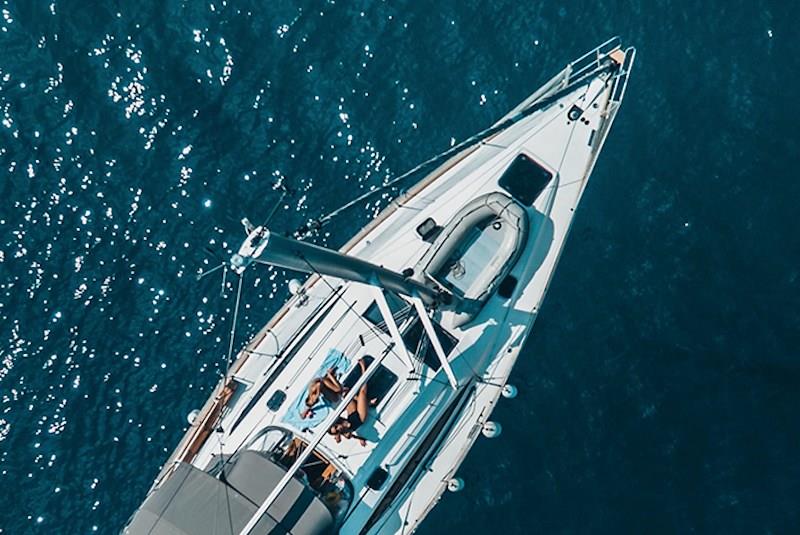Navigating the oceans and seas, especially during the night, requires more than just experience. It demands a comprehensive understanding of the rules and systems in place to ensure safety. Position lights on sailing vessels are a fundamental aspect of maritime navigation. These lights play a pivotal role in identifying a vessel's position, its angle of approach, size, and the direction it's heading. In this blog post, we'll uncover the significance of position lights on sailing vessels, shedding light on their importance, positioning, and the arcs they cover. To dive deeper into, check out this guide to maritime position lights.
 |
| Sailing Yacht with headlight |
Why Position Lights?
Position lights play a vital role in preventing collisions at sea. They allow vessels to communicate essential information like their type, activity, direction, and size to other vessels in proximity. This interchange of information ensures a clear path for all vessels, minimizing the risks of night-time navigation.
Basic Light Configuration for Sailing Vessels and Their Arcs
Side Lights
These are also known as port (red) and starboard (green) lights. They indicate the vessel's heading. A vessel approaching from your port side will display its red light, while one from starboard will display green. Each light should be visible from an arc extending from dead ahead to 22.5 degrees abaft the beam on its respective side.
Stern Light
Positioned at the back of the boat, this white light illuminates the area behind the vessel. It has a visibility arc of 135 degrees and is visible from any point abaft the beam.
Masthead Light
This is a white light located over the vessel's fore and aft centerline, typically seen at the top of the mast. Its arc of visibility is 225 degrees, spanning from right ahead to just abaft the beam on either side.
All-Round Light
This light is visible for a complete circle of 360 degrees around the boat. Some boats, especially smaller ones, might use an all-round white light instead of separate masthead and stern lights.
Stacked Lights – What Do They Mean?
On occasion, lights are stacked vertically to convey specific meanings:
- A sailing vessel under power will exhibit a masthead light above its side lights.
- A vessel under sail alone can either display sidelights and a stern light or use an all-round white light.
- A vessel (typically a tug boat) towing another vessel and the tow is more as 200 meters will use 3 stacked white masthead lights at the front but beneath the installed masthead light, and the towed vessel will only have the position lights switched on. Check the linked sailing course for more about stacking and what they mean
 |
| Towed vessel more as 200m |
Anchoring
Special lights are displayed by vessels involved in towing activities or when they're at anchor. An anchored vessel, for instance, will showcase an all-round white light or two such lights vertically aligned.
Additional Lights and Their Meanings
Various light configurations cater to different maritime safety needs:
Vessels Not Under Command
Boats in this category, due to certain conditions, may not be able to maneuver as required. They display two all-round red lights vertically aligned where most visible.
Vessels Restricted in Their Ability to Maneuver
These vessels are engaged in operations that limit their movement, such as dredging or cable-laying. They display a vertical line of lights: red at the top and bottom with white in the middle.
Vessels Engaged in Fishing
When at anchor, these vessels will display two vertically aligned white lights or a red-over-white light combination when fishing.
The Light Angles
The angle at which these lights are visible is crucial for navigation. For instance, while sidelights are visible from the front and sides, they aren't visible from behind. Similarly, the masthead light is visible from the front and sides, but not from behind, whereas the stern light covers the entire 360-degree arc.
Always good winds and a safe passage, see ya'll at the next post.
Comments
Post a Comment